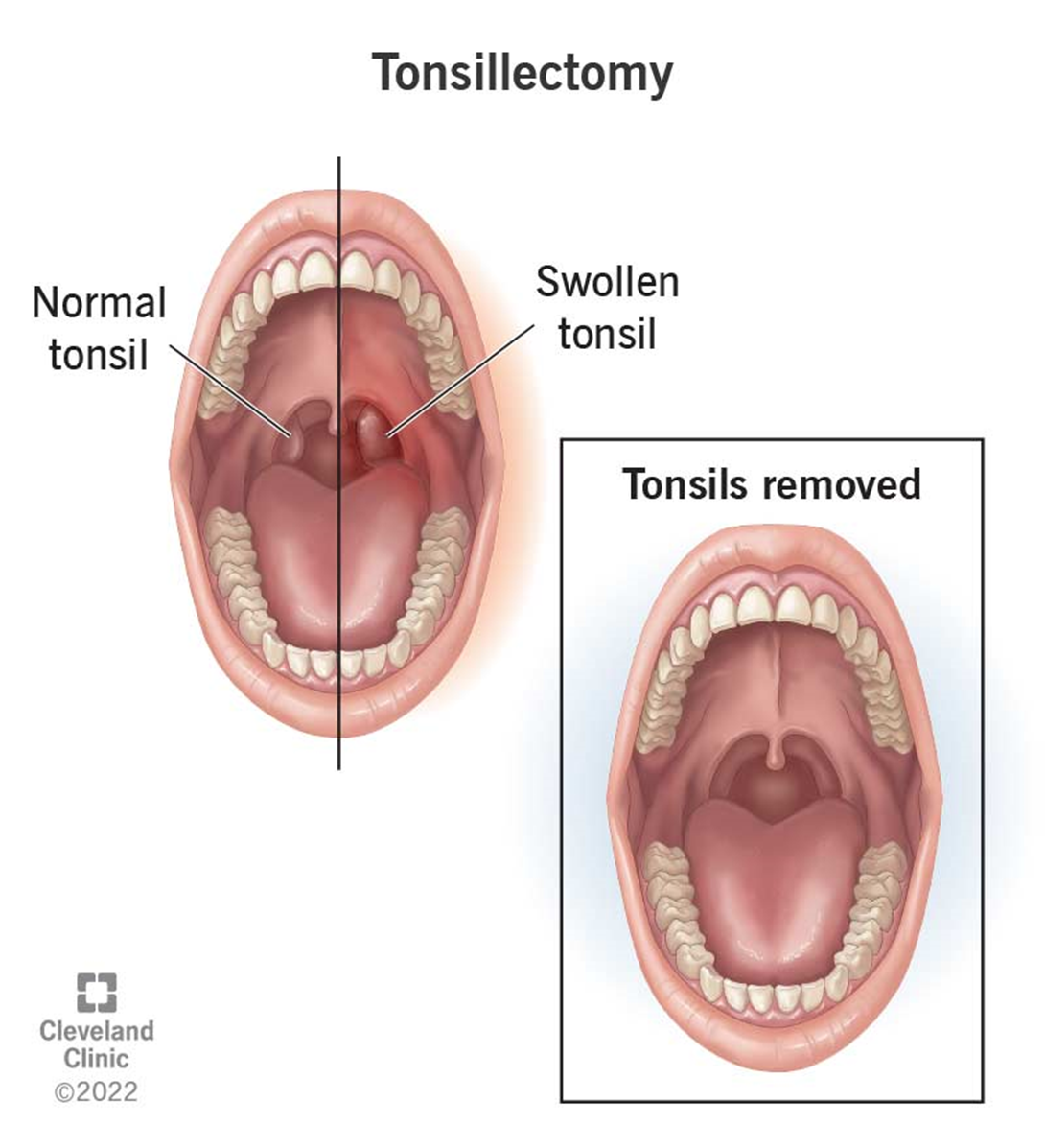A nurse is preparing to develop a plan of care for a school-aged child who has been diagnosed with sickle cell anemia. Which of the following findings should the nurse include in the plan of care?
The child has a normal potassium level.
The child has a low hemoglobin level.
The child has a high platelet level.
The child has a low blood glucose level.
The Correct Answer is B
Choice A reason: The child has a normal potassium level, as it is within the reference range of 3.5 to 5 mEq/L. Potassium is an electrolyte that helps regulate the fluid balance, nerve impulses, and muscle contractions in the body.
Choice B reason: The child has a low hemoglobin level, as it is below the reference range of 10 to 15.5 g/dL. Hemoglobin is a protein in the red blood cells that carries oxygen to the tissues. Sickle cell anemia is a genetic disorder that causes the red blood cells to have an abnormal shape and become rigid, sticky, and prone to clumping. This can lead to hemolysis, anemia, and reduced oxygen delivery.
Choice C reason: The child has a normal platelet level, as it is within the reference range of 150,000 to 450,000 mm^3^. Platelets are blood cells that help with clotting and prevent bleeding. Sickle cell anemia can cause thrombocytopenia, a low platelet count, due to increased destruction or sequestration of platelets in the spleen.
Choice D reason: The child has a normal blood glucose level, as it is within the reference range of 70 to 110 mg/dL. Blood glucose is the main source of energy for the cells in the body. Sickle cell anemia can cause hypoglycemia, a low blood glucose level, due to impaired glucose metabolism, increased glucose utilization, or decreased glucose production.
Nursing Test Bank
Naxlex Comprehensive Predictor Exams
Related Questions
Correct Answer is D
Explanation
Choice A reason: Drooling is not a sign of hemorrhage, but rather a sign of difficulty swallowing or breathing. Drooling may occur after a tonsillectomy due to throat pain or swelling, but it does not indicate bleeding.
Choice B reason: Poor fluid intake is not a sign of hemorrhage, but rather a sign of dehydration or nausea. Poor fluid intake may occur after a tonsillectomy due to throat pain or fear of swallowing, but it does not indicate bleeding.
Choice C reason: Increased pain is not a sign of hemorrhage, but rather a sign of inflammation or infection. Increased pain may occur after a tonsillectomy due to tissue damage or healing, but it does not indicate bleeding.
Choice D reason: Frequent swallowing is a sign of hemorrhage, as it indicates that the child is trying to clear blood from the throat. Frequent swallowing may occur after a tonsillectomy due to bleeding from the surgical site or a ruptured blood vessel.

Correct Answer is D
Explanation
Choice A reason: This statement is incorrect, as the child will not have normal bowel movements immediately after the initial surgery. The surgery involves removing the affected part of the colon and creating a temporary ostomy, which is an opening in the abdomen that allows stool to pass into a bag. The child will need a second surgery to reconnect the bowel and close the ostomy.
Choice B reason: This statement is incorrect, as the child will not need a feeding tube after the initial surgery. The child will be able to eat and drink normally but may need to follow a low-fiber diet to avoid constipation and bowel obstruction.
Choice C reason: This statement is incorrect, as the child will not need a urinary catheter after the initial surgery. The child will be able to urinate normally but may need to drink plenty of fluids to prevent dehydration and urinary tract infections.
Choice D reason: This statement is correct, as the child's ostomy is only temporary and will be closed in a second surgery. The parent should be glad that the child will eventually have a normal bowel function and appearance. The parent should also learn how to care for the ostomy and change the bag until the second surgery.
Whether you are a student looking to ace your exams or a practicing nurse seeking to enhance your expertise , our nursing education contents will empower you with the confidence and competence to make a difference in the lives of patients and become a respected leader in the healthcare field.
Visit Naxlex, invest in your future and unlock endless possibilities with our unparalleled nursing education contents today
Report Wrong Answer on the Current Question
Do you disagree with the answer? If yes, what is your expected answer? Explain.
Kindly be descriptive with the issue you are facing.
